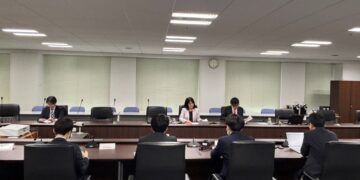Wizz Air, one of Europe’s fastest-growing and most environmentally sustainable airlines, reports that its average carbon emissions for 2022 were 55.2 grammes per passenger/kilometre, 15.4% less than in 2021. This represents its lowest-ever annual carbon intensity result recorded in one calendar year.
Wizz Air has the lowest carbon emissions per passenger/kilometre of any airline, and it plans to further reduce its carbon emissions intensity by 25% by 2030.
Wizz Air’s fleet renewal is a critical component of its long-term strategy. The airline has been steadily adding new Airbus A321neo aircraft to its fleet while replacing larger planes, with 34 Airbus A321neo aircraft added to the fleet in 2022.
Wizz Air’s fleet is expected to have more than half of its planes equipped with new “neo” technology by the end of this fiscal year. The airline now operates 177 Airbus planes with an average age of 4.6 years, which is significantly lower than the average age of its main competitors, around 10 years.
The new Airbus A321neo features cutting-edge aviation technology and is environmentally friendly. It has a nearly 50% smaller noise footprint, 20% less fuel consumption, and 50% less nitrogen oxide emissions than the previous model.
Wizz Air is currently Europe’s largest user of the Airbus A321neo. It also has one of the world’s largest order books for this type of plane, with over 300 on order. This will assist the airline in meeting its sustainability objectives.
In addition to its ambitious fleet renewal programme, Wizz Air is constantly working on fuel efficiency initiatives and improving related data analytics. For example, the airline has a deal with Airbus to look into the possibility of hydrogen-powered planes. It also deals with OMV to get sustainable aviation fuel from 2023 to 2030. These partnerships show that Wizz Air is serious about reducing its emissions by the decade’s end.
Johan Eidhagen, Chief People and ESG Officer at Wizz Air, said: “We are proud to offer Wizz Air passengers the most environmentally responsible choice when they choose to fly. We achieved our industry-leading sustainability position by flying the most efficient and modern aircraft and focusing on finding ways to reduce our carbon emissions intensity even further. We are grateful to all those within the company who worked tirelessly to achieve our lowest-ever carbon intensity annual result.”






